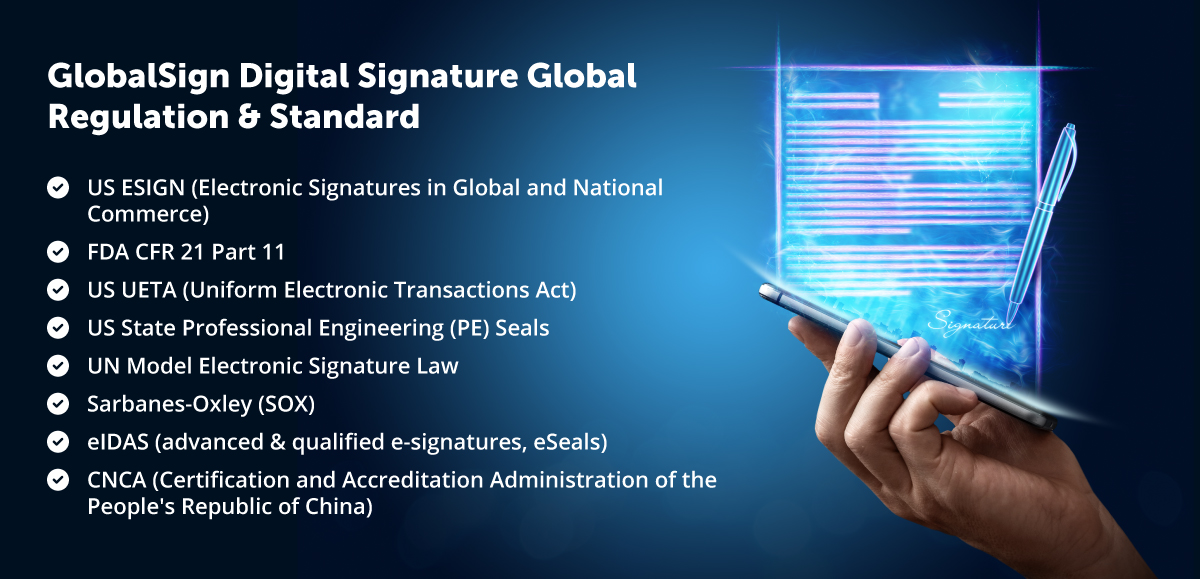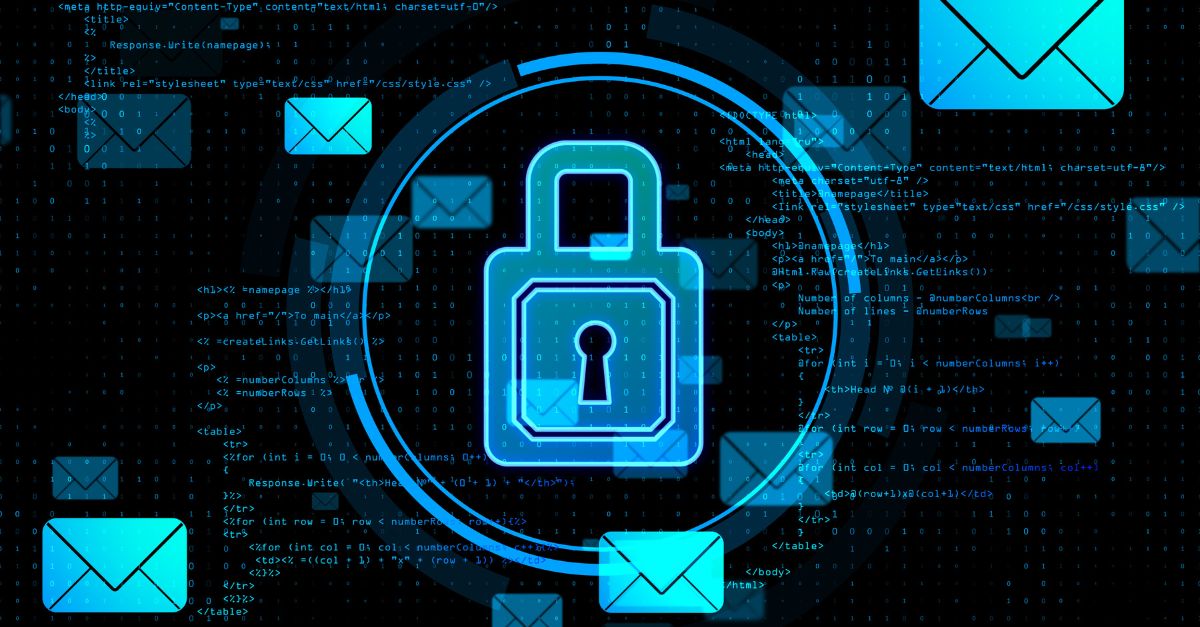As society becomes increasingly reliant on digital processes, conventional business mechanisms have become more automated, with several industry sectors eager to tap into an increasingly tech-savvy consumer base. While the adoption of e-signatures has become widespread in the private and public sectors, market awareness has been, in some ways, limited by a lack of understanding as to how digital signature technology fits into the picture and can be more profitable and secure for organizations.
What is a Digital Signature?
A digital signature is a specific technical implementation of some electronic signatures by applying cryptographic algorithms. It, therefore, refers to the coded/decoded technology on which some electronic signatures, such as the advanced one, are based. It ensures that no one has altered the original document and the document you're presenting isn't a forgery.
The certification authority issues the digital signature. A digital certificate helps verify the document's authenticity. It plays a primary role in identity verification. A significant feature of a digital signature is that it is used for protecting digital documents. Fraudsters can forge documents to submit online using an electronic signature, but with a digital signature, it is nearly impossible. The electronic document is protected; only an authorized person can view it to make changes or edits.
When a digital signature is applied to a specific document, the digital certificate is bound to the signed data in a single, unique fingerprint. These two components of a digital signature are unique, and it makes them more practical than wet signatures because it is possible to authenticate their origin. This cryptographic operation helps to perform the following actions:
- Proving the authenticity of the document and its source
- Ensuring that there were no changes in the document after signing
- Confirming the identity of the signer

What is an Electronic Signature?
An electronic signature is a method for entering into a legal agreement in a digital environment. A person signing an agreement creates an electronic signature when they sign an electronic document by clicking a button or drawing their signature with a mouse, touchpad, or other input devices.
The main feature of an electronic signature is the intention to sign a document or agreement. Another noteworthy aspect that distinguishes an electronic signature from a digital signature is that an electronic signature can be a simple mouse click or any electronic authorization.
The main characteristic of an electronic signature is that it reveals the signer's intent to sign the document. It usually complies with contracts or other agreements entered into by two parties. Another aspect of an electronic signature is that it helps verify the document's authenticity. Once it has been signed, the parties involved should be able to be identified. However, an electronic document can be hard to verify because there is no digital certificate, making the process secure.
Why use a Digital Signature?
Digital signature technology allows businesses and industries to conduct business efficiently and securely. In every industry, there are regulatory requirements that require the signatures used to sign forms, documents, etc., are trusted, unique, and that the information contained in the document is not changed after signing.
Conclusion
Designed for the modern, distributed workforce, GlobalSign Digital Signing Services is the simplest way to deploy trusted digital signatures – whether you’re adding them to existing workflows or you’re a service provider extending certificate-based digital signing capabilities to your customers. Connect with us today to know more.







